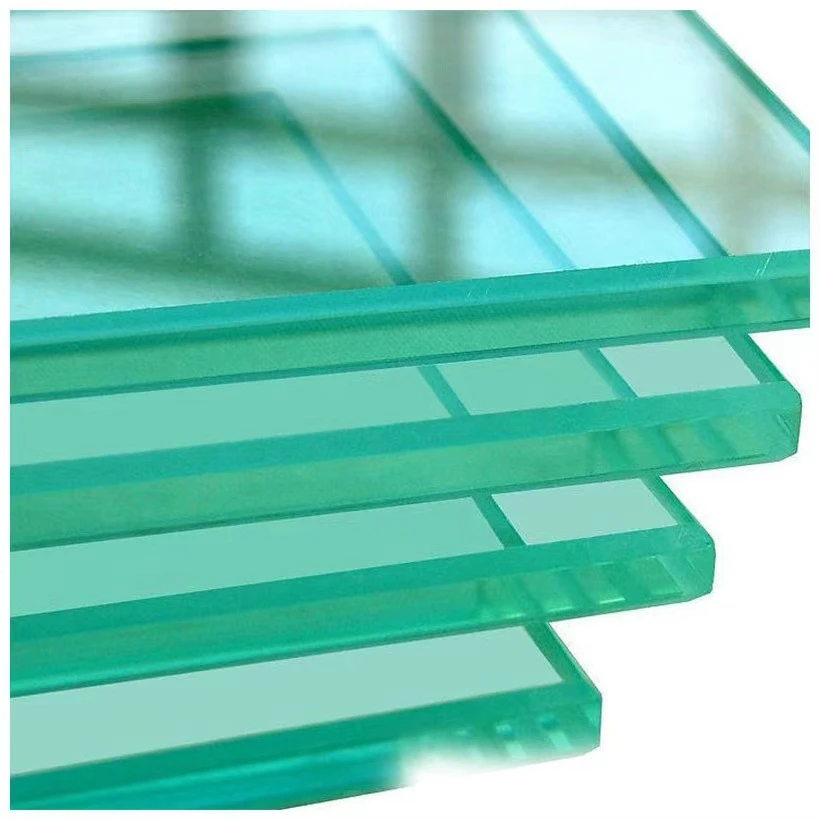The Evolution of Opaque Changing Glass A Window to the Future
In recent years, the wedding of technology and design has transcended traditional boundaries, inviting innovation into our daily lives in remarkable ways. One of the most fascinating developments in this realm is opaque changing glass, a type of smart glass that has transformed not only architectural aesthetics but also the functionality of spaces. This article delves into the evolution of opaque changing glass, its applications, and its potential future impact.
Opaque changing glass, commonly known as switchable glass or smart glass, has the remarkable ability to change its opacity on demand. This technology typically utilizes liquid crystals or electrochromic materials to regulate the transmission of light. When an electrical current is applied, the glass can shift from transparent to opaque within seconds, thus allowing for privacy while maintaining a seamless flow of natural light.
The origins of smart glass can be traced back to the late 20th century, with initial technological advancements emerging from the automotive and aerospace industries. Researchers aimed for solutions that could enhance energy efficiency and user comfort in vehicles and aircraft. However, the potential for these technologies quickly caught the attention of architects and interior designers seeking innovative ways to improve residential and commercial spaces.
Today, opaque changing glass is a staple in modern architecture, with numerous applications across various sectors. Privacy is one of the most significant advantages this technology offers, especially in environments like offices, hospitals, and residential spaces. With a simple flick of a switch, conference rooms can transform from open spaces into private areas, ensuring that sensitive discussions remain confidential. Similarly, in healthcare settings, switchable glass can be used in patient rooms to provide privacy while still allowing natural light to permeate the space, contributing to a more soothing environment for recovery.
opaque changing glass
Energy efficiency is another crucial benefit of opaque changing glass. By controlling sunlight's penetration into a building, this technology helps regulate indoor temperatures, subsequently reducing the need for artificial heating and cooling. This capacity for energy modulation is particularly beneficial in large commercial buildings, where energy costs can be substantial. Many companies have started integrating smart glass into their designs not merely for aesthetic appeal but as a strategic move toward sustainability.
Moreover, the aesthetic features of opaque changing glass have opened up new possibilities for interior design. The ability to alter transparency without the need for curtains or blinds creates a minimalist and contemporary look that appeals to modern sensibilities. Artists and designers have also begun to experiment with this technology, incorporating it into installations and exhibitions that play with light and space in dynamic ways.
Looking toward the future, the potential of opaque changing glass extends far beyond its current applications. Researchers are actively exploring how to enhance its efficiency and broaden its capabilities. Innovations such as self-tinting glass that responds automatically to sunlight and smart glass integrated with augmented reality technologies are on the horizon. These advancements promise to create even more immersive and adaptable environments where design and functionality converge in unprecedented ways.
Moreover, as smart home technology continues to gain traction, the integration of opaque changing glass into home automation systems will likely become standard. Homeowners will have the ability to control the transparency of their windows remotely, combining privacy with energy efficiency, all while enhancing the overall aesthetic of their living spaces.
In summary, opaque changing glass represents a remarkable intersection of technology, design, and functionality. From its inception in specialized industries to its widespread applications in architecture and design, this innovative material is reshaping our relationship with our environments. As advancements continue to emerge, the future possibilities for opaque changing glass are as promising as they are exciting, signaling a new era of adaptive living spaces that harmonize technology and comfort. As we look ahead, we can anticipate that this evolving technology will play a crucial role in creating smarter, more efficient, and aesthetically pleasing environments for generations to come.
 Afrikaans
Afrikaans  Albanian
Albanian  Amharic
Amharic  Arabic
Arabic  Armenian
Armenian  Azerbaijani
Azerbaijani  Basque
Basque  Belarusian
Belarusian  Bengali
Bengali  Bosnian
Bosnian  Bulgarian
Bulgarian  Catalan
Catalan  Cebuano
Cebuano  Corsican
Corsican  Croatian
Croatian  Czech
Czech  Danish
Danish  Dutch
Dutch  English
English  Esperanto
Esperanto  Estonian
Estonian  Finnish
Finnish  French
French  Frisian
Frisian  Galician
Galician  Georgian
Georgian  German
German  Greek
Greek  Gujarati
Gujarati  Haitian Creole
Haitian Creole  hausa
hausa  hawaiian
hawaiian  Hebrew
Hebrew  Hindi
Hindi  Miao
Miao  Hungarian
Hungarian  Icelandic
Icelandic  igbo
igbo  Indonesian
Indonesian  irish
irish  Italian
Italian  Japanese
Japanese  Javanese
Javanese  Kannada
Kannada  kazakh
kazakh  Khmer
Khmer  Rwandese
Rwandese  Korean
Korean  Kurdish
Kurdish  Kyrgyz
Kyrgyz  Lao
Lao  Latin
Latin  Latvian
Latvian  Lithuanian
Lithuanian  Luxembourgish
Luxembourgish  Macedonian
Macedonian  Malgashi
Malgashi  Malay
Malay  Malayalam
Malayalam  Maltese
Maltese  Maori
Maori  Marathi
Marathi  Mongolian
Mongolian  Myanmar
Myanmar  Nepali
Nepali  Norwegian
Norwegian  Norwegian
Norwegian  Occitan
Occitan  Pashto
Pashto  Persian
Persian  Polish
Polish  Portuguese
Portuguese  Punjabi
Punjabi  Romanian
Romanian  Russian
Russian  Samoan
Samoan  Scottish Gaelic
Scottish Gaelic  Serbian
Serbian  Sesotho
Sesotho  Shona
Shona  Sindhi
Sindhi  Sinhala
Sinhala  Slovak
Slovak  Slovenian
Slovenian  Somali
Somali  Spanish
Spanish  Sundanese
Sundanese  Swahili
Swahili  Swedish
Swedish  Tagalog
Tagalog  Tajik
Tajik  Tamil
Tamil  Tatar
Tatar  Telugu
Telugu  Thai
Thai  Turkish
Turkish  Turkmen
Turkmen  Ukrainian
Ukrainian  Urdu
Urdu  Uighur
Uighur  Uzbek
Uzbek  Vietnamese
Vietnamese  Welsh
Welsh  Bantu
Bantu  Yiddish
Yiddish  Yoruba
Yoruba  Zulu
Zulu 

